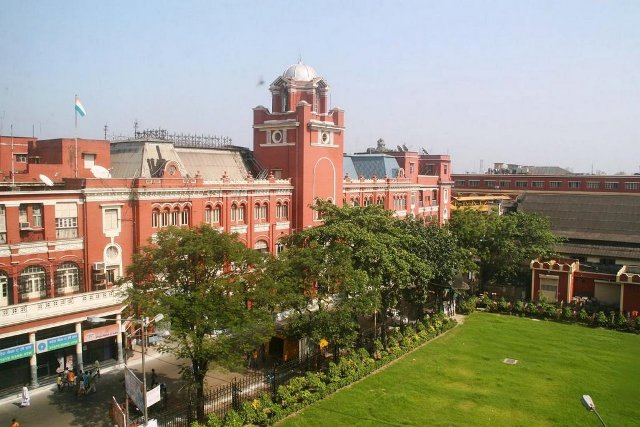If things go according to plan, Kolkata Police is soon going to get self-driving electric scooters for patrolling. After Puducherry and Mumbai, where the police use such vehicles for patrolling beaches, Kolkata is next in line to acquire the scooters.
These scooters are driven standing up. Being electric scooters, they are environment-friendly. Each charge would drive the scooter for 30 to 35 km. they run at a speed of 15 to 20 kilometres per hour. They are also much lighter than normal scooters. According to police sources, four of these vehicles would be bought initially.
However, unlike Puducherry and Mumbai, police sources said that the vehicles in Kolkata would be used for patrolling areas along the bank of the Hooghly and in the Maidan, where a lot of people come for morning and evening walks. The scooters can also be used in narrow lanes, where cars are difficult to manoeuvre.
Police personnel would be given trained to handle this special type of electric scooters. These scooters would have pockets for keeping walkie-talkie and radio sets. Special charging kiosks would also be set up for convenient charging.
Source: Ei Samay
নজরদারিতে কলকাতা পুলিশ ব্যবহার করবে ইলেকট্রিক স্কুটার
সবকিছু পরিকল্পনামাফিক চললে পুডুচেরী বা মুম্বইতে সমুদ্রতটের ওপর নজরদারি চালাতে যেরকম ইলেকট্রিক স্কুটার ব্যবহার করে, সেরম স্কুটার পেতে চলেছে কলকাতা পুলিশ।
এই স্কুটারগুলি দাঁড়িয়ে দাঁড়িয়ে চালাতে হয়। ইলেকট্রিক চালিত হওয়ার কারণে এই স্কুটার পুরোপুরি পরিবেশ বান্ধব। প্রতিবার চার্জিং-এ এই স্কুটার চলবে ৩০-৩৫ কিঃ মিঃ। এই স্কুটার চলে ঘণ্টায় ১৫-২০ কিঃ মিঃ গতিবেগে। এগুলি সাধারন স্কুটারের থেকে অনেক হালকা। প্রাথমিক ভাবে ৪টি স্কুটার আনা হবে।
কলকাতা পুলিশ এগুলি ব্যবহার করবে হুগলী নদীর দুপাশে নজরদারি চালাতে। পাশাপাশি নজরদারি চলবে ময়দানেও। এই স্কুটার নিয়ে খুব সরু গলিতেও ঢোকা যাবে।
পুলিশ কর্মীদের এই বিশেষ স্কুটার চালানোর প্রশিক্ষণও দেওয়া হবে। এই স্কুটারে ওয়াকি-টকি ও রেডিও-সেট রাখার পকেট থাকবে। বিশেষ চার্জিং কিয়স্ক তৈরি করা হবে চার্জিং-এর সুবিধার্থে।





